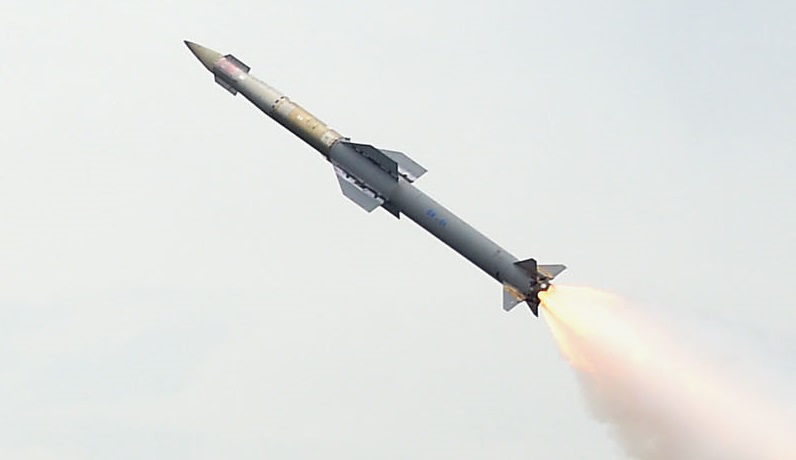
Army’s Air Shield Strengthens with Rs 30,000 Cr QRSAM Deal
The Indian Army is set to receive a significant boost to its indigenous air defence capabilities, with the Defence Acquisition Council (DAC) granting its approval for the procurement of two regiments of the Quick Reaction Surface-to-Air Missile (QRSAM) weapon system. The acquisition, valued at approximately Rs 30,000 crore, marks a major step forward in the Army’s efforts to replace legacy systems and modernize its short-range air defence.
QRSAM missile system
The QRSAM system, developed by the Defence Research and Development Organisation (DRDO) in collaboration with Bharat Dynamics Limited (BDL) and Bharat Electronics Limited (BEL), is designed to protect mobile formations of the Army from aerial threats such as aircraft, helicopters, cruise missiles, and UAVs at short ranges. The system includes a fully automated command and control system, active electronically scanned array (AESA) radar, and missiles with mid-course inertial navigation and terminal active homing guidance.
The DAC approval is a culmination of years of development and successful trials. Notably, in 2022, the QRSAM system completed six consecutive flight trials as part of user trials conducted by the Indian Army under various operational scenarios. Each of these trials validated the system’s capabilities in high-speed interception and target neutralization under realistic battlefield conditions.
Indian Army deal
The current plan involves the induction of two QRSAM regiments over the next five years, with deliveries expected to commence by 2026. The regiments will be deployed to secure critical installations and support forward formations, significantly increasing the Army’s self-reliance and flexibility in theatre-level air defence.
An official familiar with the development remarked, “The system is a vital component of the Army’s layered air defence grid and is intended to replace the ageing OSA-AK and Kvadrat systems that were inducted decades ago.”
The contract will be executed under the ‘Buy (Indian–Indigenously Designed Developed and Manufactured)’ category, reinforcing the government’s focus on Atmanirbhar Bharat. Industry experts say the project will have significant positive impact on the domestic defence manufacturing sector by creating jobs and enhancing R&D ecosystems across private and public sector enterprises.
Air defence boost
Another official added, “The QRSAM is expected to offer high mobility, a quick reaction time of less than six seconds, and the capability to engage multiple targets simultaneously.” The system’s radar and control architecture also enables high levels of situational awareness and electronic counter-countermeasures (ECCM), allowing it to perform effectively in contested environments.
This development is seen as a strategic milestone that underscores India’s resolve to modernize its armed forces through indigenous solutions. With threats evolving rapidly, especially in the domain of drone and cruise missile warfare, the QRSAM will play a pivotal role in ensuring that India’s frontline units are protected by state-of-the-art missile shields.
The deal also aligns with India’s long-term vision of reducing dependency on foreign air defence platforms, enhancing combat readiness, and promoting the export potential of indigenous systems like the QRSAM to friendly foreign nations.

















